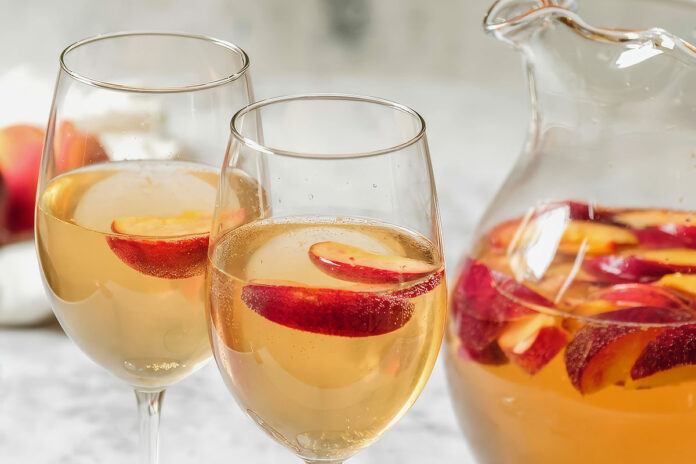Written by Christie Crawford
 Clarksville, TN – Flamenco music in the background. Tapas in hand-painted and colorful pottery dishes. Warm breezes in the Mediterranean sun. Make you think of a certain country? If you guessed Spain, then you would be correct.
Clarksville, TN – Flamenco music in the background. Tapas in hand-painted and colorful pottery dishes. Warm breezes in the Mediterranean sun. Make you think of a certain country? If you guessed Spain, then you would be correct.
Spanish cuisine is dominating the food trends, having recently had three restaurants listed in the top five in the world by The World’s 50 Best Restaurants, considered the Oscars of fine dining, and determined by the rankings of over 1,000 culinary experts.
With that delectable cuisine comes the natural complement of sangria, Spain’s native wine cocktail – a pairing of fruit and wine with an added splash of brandy or flavored liqueur. A favorite in outdoor settings and with variations aplenty, this drink should be a mainstay for your simple summer dinners or outdoor soireés.
Sangria is not truly a Spanish concept, as various ancient Mediterranean civilizations have been mixing wine, fruit, sugar, and assorted liquors over many centuries. The Greek and Roman empires made a pseudo sangria called hippocras, which was served heatedly, similarly to mulled wine as we know it.

The drink was highly popular as water systems were still primitive, and water was mostly unsafe to drink. Even early Spaniards made sangria with grapes brought in by the Phoenicians and Romans.
Drinking sangria waned with the invasion of the Moors until their reign ended in 1492 when sangria resurged. The drink in its classic form is named for sangre, or the Spanish word for blood, and is made from typical Spanish red wine such as Tempranillo or any Rioja regional varietal.

Sangria traveled to France and England, where French wine was substituted for those from Spain. Sangria these days can be found in sparkling or white versions and even one made entirely with exclusively peach fruit called zurra.
In America, the craze began in 1964 where it was introduced at the New York World’s Fair at a Spanish sponsored pavilion. I lived overseas as a child and had the fortune of living in Zaragoza, northeast of Madrid for a year in the early 70’s where my mother learned to perfect it for parties.
Unfortunately I was too young to partake then but I became a fan when I came of age and learned to share it at our dinner table.

Under European law, sangria must be made in either Spain or Portugal and must be 12% or less alcohol content. Because of the time required to ferment the fruit and because it is considered a party drink or one served at family get-togethers, you might not find it in a local Spanish bar but instead opt for its cousin, tinto de verano. This drink is simply red wine, ice and flavored soda water, and traditionally lemon. It is quick to make.
Sangria is easy to make and fun to serve during the hot months, and I encourage you to try versions that fit your own palate. Serve it already cold in a pitcher or punch bowl, or simply pour it over ice.



